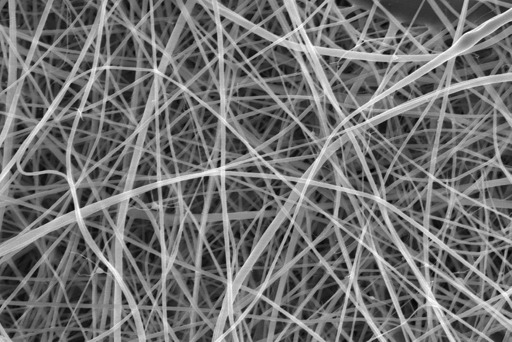While it isn’t intended as food, Clancy says that it should be safe to eat, but is reticent to talk about having tried it. “It’s an ethical quandary to talk about scientific self-experimentation,” he says. “But, hypothetically, one might expect it to be chewier than you’d expect.”
[…]
Such material could be woven into bandages that allow air and moisture to pass freely, but keep bacteria out, says Clancy.
Mmm, bandage al extra dente.
This quote is very funny. “Hypothetically, one might expect…”
They definitely ate some lmao
Now scientists just need to work on creating the worlds smallest meatball.
meatballs*
They didn’t create just one spaghetti strand, why would they make just one meatball?
Smh, these scientist should know that when it gets thin enough, it’s called Angel Hair, not spaghetti.
It’s literally in the paper! "The nomenclature varies with the diameter of the fibers (and region), including ∼2 mm spaghetti (small string), ∼1.75 mm vermicellini (little worms), and ∼900 μm capellini (little hairs). The narrowest diameter mass-produced pasta is ∼800 μm capelli d’angello (angel hair), although thinner pasta lunga is produced by hand exclusively in the town of Nuoro, Sardinia: su filindeu (threads of God), which is estimated to have half the diameter of capelli d’angello and is, to the authors’ knowledge, the thinnest pasta created by hand to date "
At 2mm thick regular spaghetti, and ~400 nanometer thick nanospaghetti, the nanospaghetti is about 5000 times thinner than spaghetti diametrically, and pi times thinner by circumference. That’s such an extreme difference it’s hard to imagine how small this stuff is intuitively.
I feel like we need a word that sounds like a pasta name, not a scientific one, to describe this stuff
It would be too long with all of the -ini and -eti suffixes. Capellinettinettinettine ad infinitum
Company’s code base be like
[…]too small to see with the naked eye[…]
I love this part
This is a real boon for cannibals
Finally!







